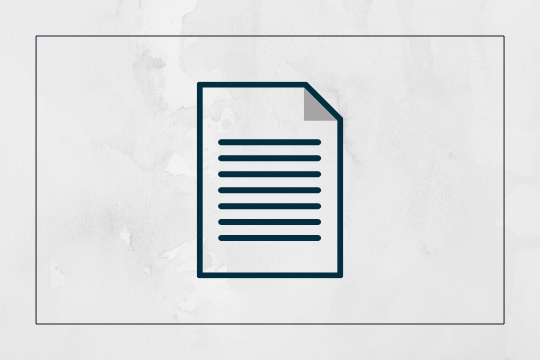CADE launches Leniency Guidelines and amends its Internal Rules
On May 26, 2016, the Brazilian Administrative Council for Economic Defense (CADE) launched Leniency Guidelines and amended the leniency provisions included in its Internal Rules, consolidating its practice regarding the application, negotiation and execution of leniency agreements.
The Guidelines are intended to serve as guidance to the general public, companies, private practitioners, as well as other authorities, such as the Public Prosecutors’ Office, on how CADE enforces its Leniency Program. At the same time, the Internal Rules are binding to CADE and have the purpose to provide legal certainty as to the way proceedings are conducted before CADE.
The Brazilian Leniency Program was launched in 2000, through an amendment to the 1994 Competition Law. The first agreement was signed in 2003 and over 50 agreements have been signed to date; CADE’s Tribunal has already issued a final decision in six of these cases. The effectiveness of the program is built upon three key pillars: fear of detection (with the increasing number of dawn raids and wiretaps, as a result of the cooperation with criminal authorities), threat of severe sanctions (with record fines and jail sentences) and efforts to promote transparency.
The transparency pillar prompted CADE to issue the Guidelines and revise its Internal Rules, clarifying some aspects of the program. The Guidelines, available here, are structured in Q&A format and divided into four sections: (i) general aspects of the Leniency Program, (ii) negotiation of the Leniency Agreement (from the marker application to the execution of the agreement); (iii) the stage following the execution of the agreement; and (iv) rules applicable to Leniency Plus. The Guidelines generally emphasize the increased safeguards to ensure confidentiality of the negotiation process, and more specifically of the documents and information presented before CADE.
The main changes in the Internal Rules are related to the marker system and to the calculation of Leniency Plus discounts.
- Under Article 199, Section 2 CADE is now required to issue a marker within five business days after having received all the necessary information (and no longer three days, as provided previously), and at that time it will set the deadline for the applicant to submit the first draft of the so-called “History of Conduct”. The revised rules eliminated the maximum 30-day deadline from the issuance of the marker to present the “History of the Conduct”, and such deadline will be now set on a case by case basis.
- The new Article 199-A establishes that if a marker is not available, the applicant may request that CADE certifies in writing the date and time it appeared before the agency (but not the order in line). CADE will then organize a waiting list and in case the first to come forward does not successfully perfect the marker, the second-in and eventually others will be invited to the negotiation.
- Such certificate may also protect place in line for the second-in, third-in and others, in a settlement negotiation, where the order in line is one of the factors to determine the level of discount available. In this case, once CADE signs the leniency agreement with the first applicant that meets the requirements, it would then invite the other parties in line to check their willingness to settle the case through the Settlement Program.
- The revised rules eliminated the 6-month deadline for the execution of the leniency agreement, which could be extended to one year. The revised rules allow CADE to set forth and extend deadlines on a case by case basis.
- The Leniency Plus rules are similar to those in place in other jurisdictions, where an applicant that does not qualify for leniency for the initial matter under investigation (by being the second to come forward), but discloses a second cartel, and meets the other Leniency Program requirements, will receive full administrative and criminal immunity for the second offence and a one-third reduction in fine with respect to the first offence. To receive such benefits, the applicant has to disclose the second cartel before the first case is sent by the Director-General to CADE’s Tribunal for final judgment. CADE has now clarified the level of discounts available for such applicants, which may combine the Leniency Plus discount with the discount available under the Settlement Program (in this case, discounts would range from 50% to 66.67% of the fine that would otherwise be imposed, depending on the order a party presented itself before CADE and on the level of cooperation offered).
Despite important improvements, major challenges remain ahead for the program to continue to be viewed as attractive, including: the interplay of leniency and private claims (confidentiality issues and joint and several liability provisions), the extent of protection regarding criminal liability and related administrative offenses, and the legal uncertainty regarding Federal or State-level jurisdiction over criminal cartel matters. The transition of Brazil’s Leniency Program into a mature and tested set of rules and practices is a process that we are seeing now – and as in any such transition, it will not be without some turbulence.




































